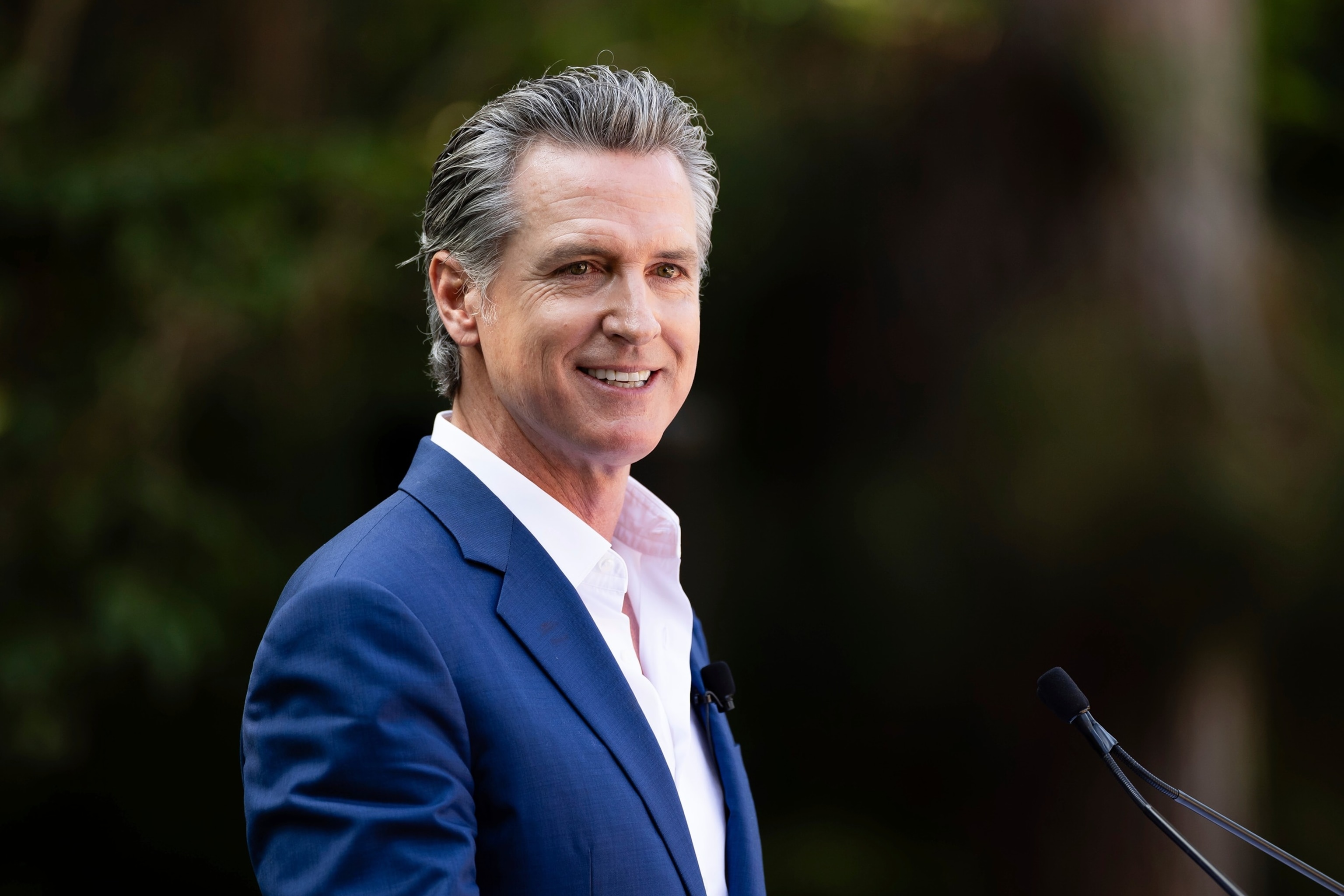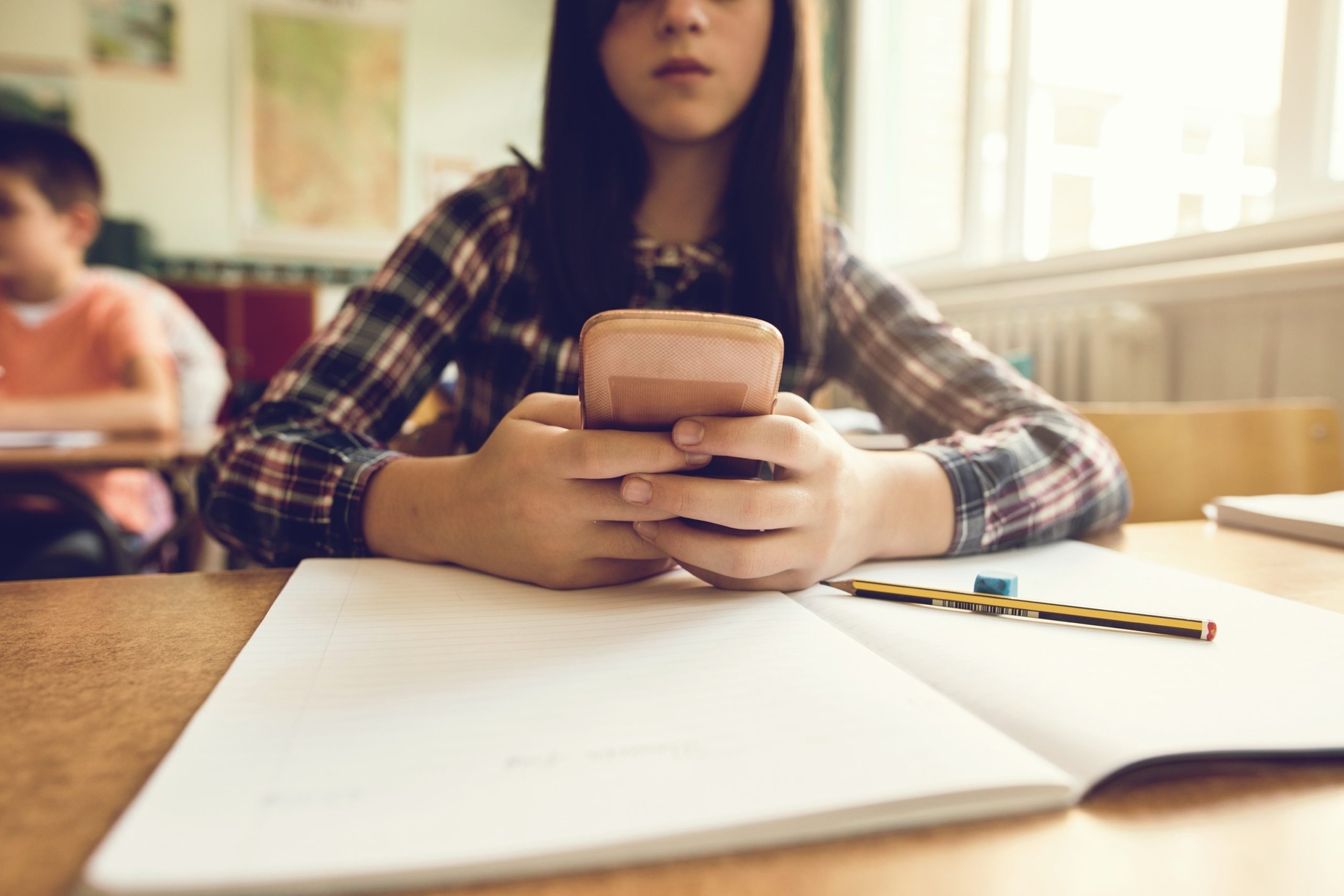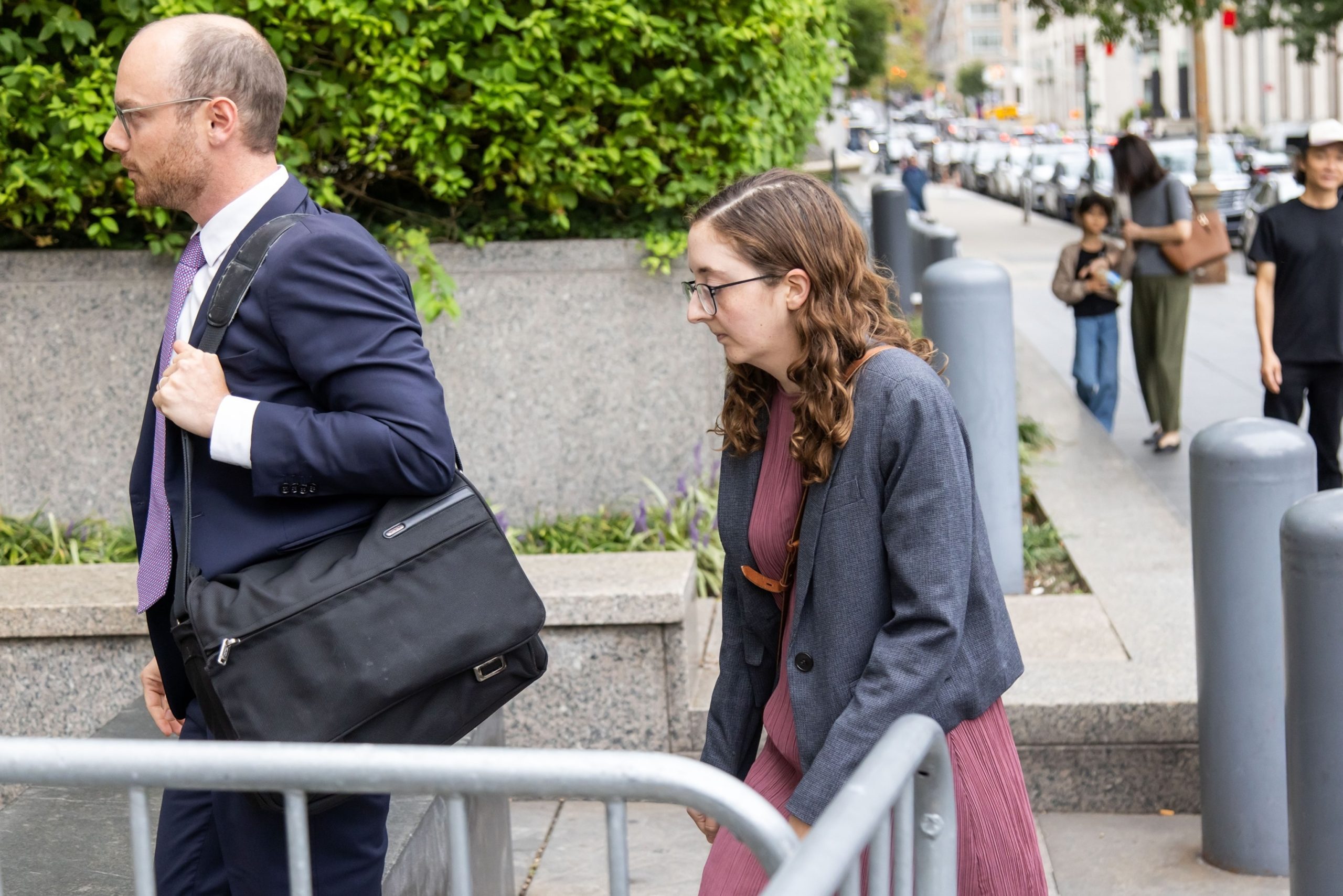School districts, county offices of education and charter schools in California will now be required to limit or ban the usage of smartphones in schools under a new state law after California Gov. Gavin Newsom signed the bill on Monday.
The new law requires schools to develop and put in place a plan to restrict or even ban cellphone usage in schools by July 1, 2026, and update it every five years.
“There is growing evidence that unrestricted use of smartphones by pupils at elementary and secondary schools during the school day interferes with the educational mission of the schools, lowers pupil performance, particularly among low-achieving pupils, promotes cyberbullying, and contributes to an increase in teenage anxiety, depression, and suicide,” the bill said.
“Research demonstrates that the use of cell phones by pupils during school operating hours can create significant distractions resulting in negative effects on their academic performance and mental health. Additionally, the presence of cell phones and related technologies in classrooms may not only detract from pupils’ academic performance, but also contribute to higher rates of academic dishonesty and cyberbullying,” the bill said.
Newsom had been calling for limits on student cellphone usage in schools for months.
“We know that excessive smartphone use increases anxiety, depression, and other mental health issues – but we have the power to intervene. This new law will help students focus on academics, social development, and the world in front of them, not their screens, when they’re in school,” Newsom said in a statement.

In this undated stock photo, an elementary student types a text message on smart phone while sitting at a desk.
STOCK PHOTO/Getty Images
In an August letter to schools, he urged California lawmakers to restrict phone use. The Los Angeles Unified School District — the second largest district in the U.S. — and Santa Barbara Unified have already implemented restrictions on the use of cellphones in schools.
Students will still be allowed to use phones in cases of emergency or in response to threats of danger, with permission from a teacher or school administrator, if a doctor determines a student needs a smartphone for their health or wellbeing or if it is required as part of an individualized education program.
Newsom signed a bill in 2019 granting districts the authority to regulate the use of the devices during school hours.

California Gov. Gavin Newsom speaks at the opening ceremony for Panda Ridge, the new exhibit at the San Diego Zoo, Aug. 8, 2024, in San Diego.
Derrick Tuskan/AP, FILE
Newsom previously argued that reducing the use of phones in class leads to improved concentration, better academic outcomes, and enhanced social interactions.
Public health leaders have recently said social media platforms are contributing to a mental health crisis among young people. Last June, Surgeon General Dr. Vivek H. Murthy called for a warning label to be added to social media platforms as they can be associated with significant mental health harm for adolescents.
Virginia also announced it will restrict cellphone use in public K-12 schools. Restrictions in that state are set to go into effect starting in 2025.
In an effort to minimize distractions and improve student focus, California schools have recently implemented a new policy restricting cellphone usage in classrooms. This decision comes as a response to the growing concern over the negative impact of excessive screen time on students’ academic performance and overall well-being.
Under the new policy, students are required to keep their cellphones turned off and stored away during class time. This means that they will not be allowed to use their phones for texting, social media, or any other non-academic purposes while in the classroom. The goal is to create a more conducive learning environment where students can fully engage with their lessons and interact with their peers without the distraction of constant notifications and alerts.
While some students may initially resist this change, educators believe that it will ultimately benefit them in the long run. Research has shown that excessive cellphone use can lead to decreased attention span, poor memory retention, and lower academic performance. By limiting cellphone usage in the classroom, schools hope to help students develop better focus and concentration skills that will serve them well in their academic pursuits and beyond.
In addition to improving academic performance, the new policy also aims to promote healthier social interactions among students. With cellphones out of sight, students are encouraged to engage with their classmates face-to-face, fostering stronger relationships and communication skills. This can help reduce feelings of isolation and promote a sense of community within the school environment.
Parents have also expressed support for the new policy, recognizing the importance of setting boundaries around cellphone usage for their children. By limiting screen time during school hours, parents hope to encourage their children to develop healthier habits and prioritize their academic responsibilities.
Overall, the implementation of this new policy reflects a growing awareness of the impact of technology on student learning and well-being. By creating a more focused and interactive classroom environment, California schools are taking proactive steps to support student success and overall development. As students adjust to this new policy, educators are hopeful that they will see positive results in terms of academic performance, social skills, and overall well-being.



